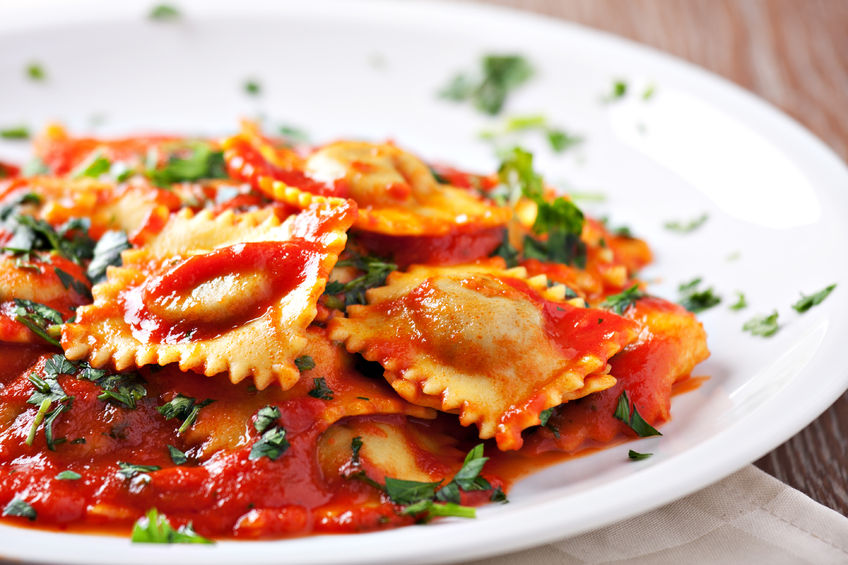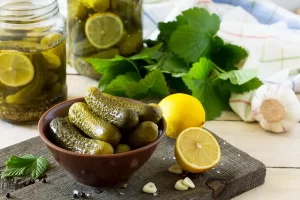

A Brief History of Ravioli
The word ravioli is from an old Italian word riavvolgere, which means to wrap. The origin of this famous Italian staple food dates to the 14th century. The recipe for traditional Italian ravioli mainly features mixed green herbs, fresh cheese, and beaten eggs all simmered in a broth. Classic Italian ravioli is square-shaped pasta where each side is about 4 cm. In ancient Italy, these tiny dumplings were served every Friday and during the solemn religious observance of Lent.
Traditionally, ravioli are made at home. The filling varies according to the area where they are prepared. For example, in Rome and Latium, the filling is made with ricotta cheese, spinach, nutmeg and black pepper. While in Sardinia, ravioli are filled with ricotta and grated lemon rind.
Canned ravioli was pioneered by the Italian Army in the First World War. These were popularized by Heinz and Buitoni in the UK and Europe, and Chef Boyardee in the United States. Canned ravioli may be filled with beef, processed cheese, chicken, or Italian sausage and served in a tomato, tomato-meat, or tomato-cheese sauce. Toasted ravioli (ravioli that have been breaded and deep fried) is a popular appetizer and snack food.
Cultural Significance and Variations
Many cuisines across the world have their own version of ravioli:
- Jewish cuisine has a similar dish called kreplach, a pocket of meat or other filling covered by egg pasta.
- In Indian cuisine, a popular dish called gujiya are pasta dumplings are filled with sugar, sweet spices, and dry fruits, then deep fried in vegetable oil.
- Ravioli filled with halloumi are a traditional pasta dish of Cypriot cuisine.
- In Turkey, mantı is stuffed with spiced meat and served with paprika sauce and yogourt.
- Similar dishes in China are the jiaozi or wonton.
- Maltese ravjul are stuffed with irkotta, the locally produced sheep’s-milk ricotta, or with gbejna, the traditional fresh sheep’s-milk cheese.
- Samosas from the Middle East and Central Asia are like ravioli and are stuffed with potato, meat, peas, or paneer, and often served with sweet and sour sauce.
- Middle Eastern dish called shishbarak contains pasta filled with minced beef meat and cooked in hot yogourt.
- Toasted ravioli got its start in St. Louis, Missouri.
The Facts of Ravioli
- Serving ravioli with tomato-based sauces didn’t start until the 16th century when tomatoes were introduced to Italy from the New World
- Ravioli are typically square, though other forms are also used, including circular or semi-circular.
- Modern ravioli is mass-produced by machine.
- The contents of these vary enormously, but most idiosyncratic to the region is the use of leftover daube meat.
- The Guinness World Records’ record for the longest ravioli measured 96 ft 1 in St Petersburg, Russia, in August of 2013. The world record was achieved by Amway (yeah, that Amway!)!
- One single piece of ravioli is a raviolo!
We’d love to hear from you! What do you love about Ravioli? Do you have a recipe you love? Leave us a comment here or head over and join in the conversation on Facebook (don’t forget to give us a “like”) and Twitter.
If you haven’t already signed up to receive our weekly newsletter which includes our blog, the weekly product feature, the weekly Coterie savings, and our recipe of the week delivered right to your inbox, you’ll find the signup by clicking here.
Let’s catch up soon,
Julie






